EVERYTHING YOU NEED TO KNOW ABOUT PAYING TIPS
Whether you are enjoying a fancy dinner or grabbing a coffee on the go, your tip has a significant impact on the lives of restaurant employees. According to many sources, tips can account for more than 60% of a server’s overall income.
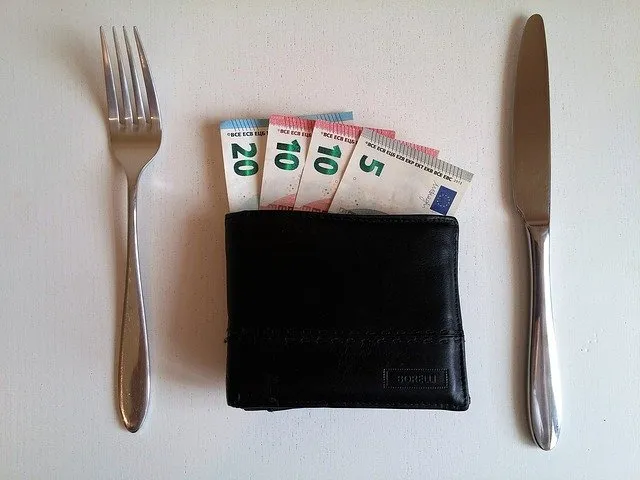
Tipping etiquette varies largely depending on the area, country, and restaurant. Hence the best advice of the system may be the one that everyone, from servers to cooks to dishwashers, agrees on. Abolish subminimum wage, and everyone should earn the full minimum wage. Until we get there, leave a generous tip of at least 20%, especially if your bill is not huge.
Further in this article we will tell you about the tipping etiquettes around the world and how to calculate the tip easily.
General Tipping Etiquette
In most places, the typical rule of thumb for tipping is to leave 15% for average service. 20% is a good tip percentage for above-average treatment. Feel free to offer even more if you thought the service was exceptional.
Tipping is essentially a reward-based system for servers. The customer has the option of paying the server based on the quality of their work. The better the service, the higher the tip.
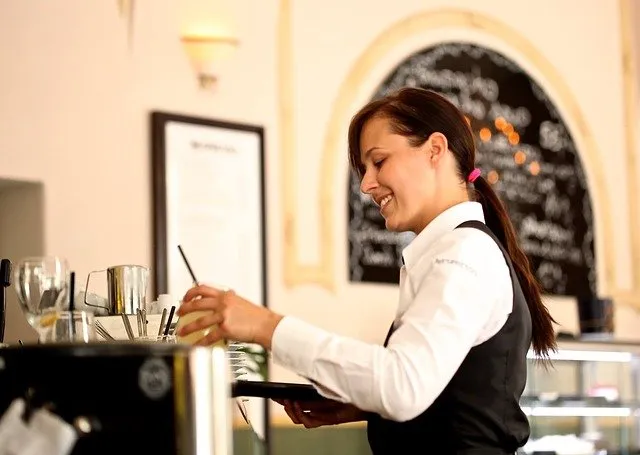
If the service was poor, you should speak with someone in authority at the restaurant. Merely decreasing your tip to send a message will be of no use. Especially because this method will not solve the problem.
Again, whether to calculate tips before or after taxes is a question that many people have.
The usual rule is to figure out how much to tip a waiter based on the whole cost of the meal, excluding tax. For example, if the meal cost $20 and the tax was $2, you would tip based on the $20 alone.
However, if you want to be extra kind, you can compute the tip based on the total price, including taxes.
Servers must pay tax on their tips and share them with other members of the support staff. Many consumers believe that tipping after the tax amount is reasonable because it ensures that their server receives more money.
Tipping Pool
It is also worth noting that at many places, the server does not directly pocket the tip. More than 14% of full-service restaurants in the USA participate in the Tipping Pool system. Here, it is standard practice for the server to share the tip with the kitchen staff, bartenders, dishwashers, and bussers.

This means that every dollar of the tip collects into a single pot. They then split the total among the employees based on the number of hours worked. Front-of-house employees such as servers, and bartenders receive 65 percent of the tip pool. Back-of-house employees such as dishwashers, and chefs divide the remaining 35 percent.
Tipping Guidelines for Groups
In recent times, dining out in large groups is less common due to the pandemic’s social distancing conventions. However, it is still a good idea to be aware of restaurant group tipping policies.
When servicing a large group, it is not uncommon for restaurants to add an automatic tip. This usually applies to groups of six or more people. In such instances, the restaurant’s tip might be around 18 percent.
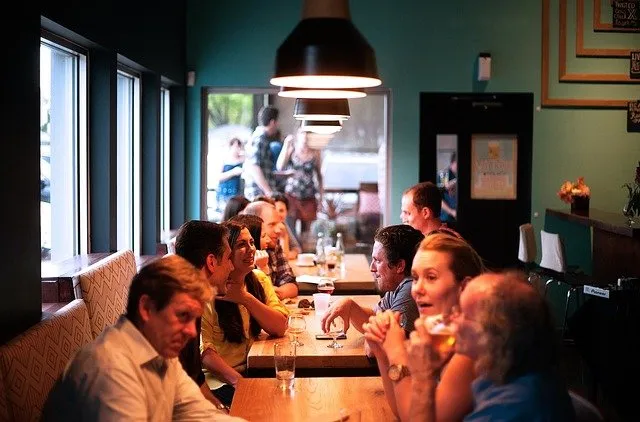
So, if you are dining with a large group, it is a good idea to inquire about the restaurant’s policies ahead of time.
Tipping Norms Around World
In restaurants in the United States, tip 15 to 20% of the entire bill, before tax, unless there is an applied service charge. Keep in mind that in many jurisdictions, servers might make as little as $2.13 an hour before tips. Unless there is a set price, leave $1 to $2. If you are not ordering food, leave $1 to $2 per drink at bars. Otherwise, a 15% to 20% tip should suffice. There is no compulsion to tip in coffee shops or take-out places, but $1 will suffice for good service.
In general, Canada follows the same norms as the United States, therefore tip 15 to 20% at restaurants. Counter service is an exception, because tip jars are not as popular.
In countries like the UK, Mexico and the Middle East, 10-15% tip is normal. Pubs and fast-food joints in the UK don’t expect tips.
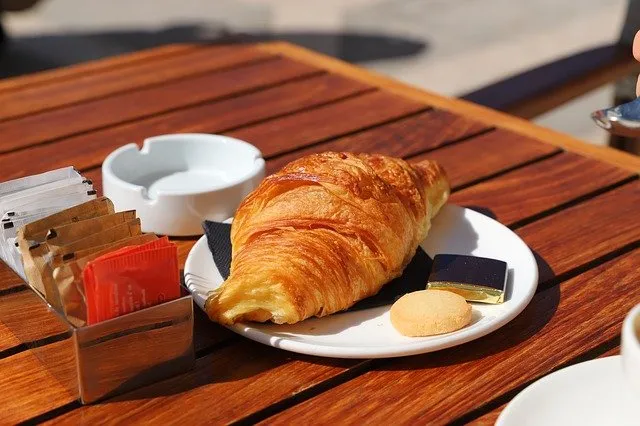
In France, restaurants, cafes, and bars usually charge a service charge (service compris). If not, it is common to tip up to 15% for excellent service.
Some restaurants in Italy levy a cover charge (pane e coperto) as well as a service charge (servizio). The pane e coperto tax, however, is no longer legal in the Lazio area. It is worth mentioning that, except from rounding up the bill, you need no more tipping. It is also not something you would expect at a bar unless you have ordered table service. If that’s the case, round up the total as well.
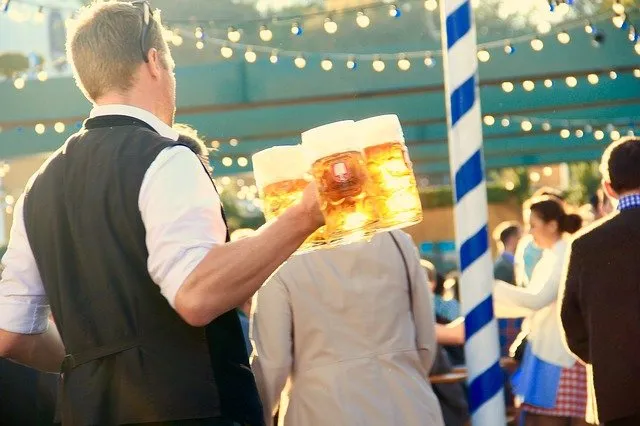
Most Australian restaurants or bars also do not expect tipping from you. At high-end restaurants, you may tip 10%.
In Spain, tipping (propina) is not necessary. Leave 10% if the service at a higher-end restaurant was excellent. Anywhere else, you can simply round up the bill.
There is no need to tip in Scandinavian countries. Here restaurants and pubs already levy a service charge. It is, nonetheless, customary to round up the bill. At upmarket establishments, it is also common to leave a 10% tip.
In major Turkish cities and touristy locations, 10% tipping (baksheesh) is usual unless a service charge (servis dahil) is already included. You will need Turkish lira on hand because, unlike in other countries, you can’t tip with a credit card in Turkey. At bars, round up the bill.

Tipping customs in India are complex, with as many exceptions as they are norms. Although tipping is not mandatory, some service providers in large cities and popular locations may request it. Keep in mind that the amounts are entirely up to you. If there isn’t a service charge, leave a 10% tip in restaurants and bars.
Since a long time, people see tipping as impolite in China. However, this attitude is gradually changing. In most cases, local establishments do not request tips. On the other hand, service fees have become more popular in tourist destinations.
However, in Hong Kong, tipping is more prevalent. Many restaurants in Hong Kong charge a 10-15% service charge, in which case you merely need to round up the amount. Bartenders don’t usually expect you to tip them.
Tipping is not prevalent in Southeast Asia; however it is customary in premium and Western hotels and restaurants. There are, however, a few exceptions in the region.

Tipping is not always a must in Singapore. However, in recent years it has become more frequent as a result of the city’s large expat community and international visitors. Restaurants frequently impose a 10% service charge, with additional tipping being optional.
In the Philippines and Thailand, especially in the tourism business, tipping has become more common. A 10% service fee is common at restaurants and bars. Otherwise, a 10% tip is appropriate. At bars, round up the bill.
Japan, just like China, has a no-tipping culture to the point that natives consider tipping impolite. Waiters will often chase down guests in restaurants in order to return tips. Leave the money in an envelope if you feel compelled to tip.
How to calculate your tip quickly and easily?
Pulling out your phone for some sixth-grade math in a restaurant could be a little embarrassing. Don’t worry because we have got you covered! Here are some simple methods for you to become a pro tip calculator.
Method 1: Double the number after moving the decimal
- Move the decimal point one position to the left on your pre-tax bill.
- Round to the next convenient number.
- To get 20% off your initial bill, multiply this figure by two.
-
Use normal rounding rules to come as close to 20% as feasible without exceeding it. If your total bill amount following the decimal is 5 or more, round up. If not, round down.

If you don’t want to tip the whole 20%, skip the decimal places. Simply twice the integer part of the amount to get an 18% tip.
Method 2: Round up before moving the decimal
The basic concept is the same as with the first method. However, you must first double the number before moving the decimal.
- Round up the total of your bill to the nearest convenient number. Apply the same rounding rules as in the previous procedure.
- Increase the outcome by two times.
-
Move one point to the left of the decimal. This is equal to 20% of your total bill.

Method 3: Increase your tip by twofold
- Round up the tax value on the bill to the nearest dollar.
- To obtain a 19% tip, multiply the tax by two.
Double the tax on only your half of the bill if you are dividing the bill with someone and they are also contributing to the tip.
Due to the fact that the tax on restaurant meals differs across the country, the results will change based on where you are. If you feel that double the tax may cause you to under-tip, you should choose another strategy.
If all of these methods seem too cumbersome, you can simply use an online tip calculator. They are free and web based. Therefore, they work on all devices. We recommend you our free tip calculator tool.
Tipping in the light of the COVID-19 Pandemic
As the world recovers from the COVID-19 pandemic, we are not abandoning the outdoor dining trend that has gained ground in many places. And this type of dining frequently involves less service.
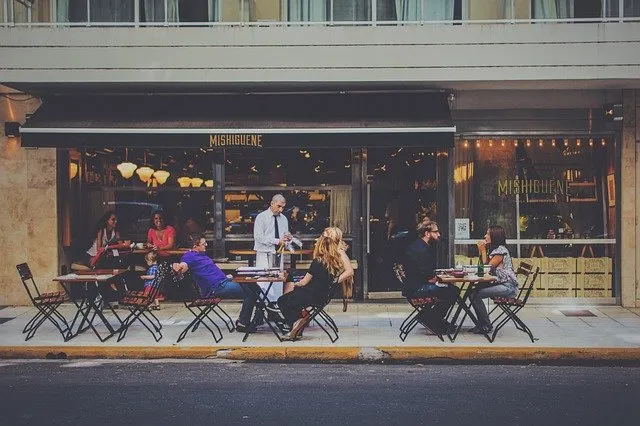
Given the overall decline of tips restaurant workers have suffered this year, you may wish to be liberal when tipping.
There is yet another thing to consider in the midst of the pandemic. Many diners are now ordering takeout from restaurants that used to primarily serve dine-in customers. In addition, tipping is not usual for takeout in most cases.
Conclusion: Tipping Isn’t a Choice
One thing to keep in mind is that tipping is a part of the entire cost of dining out. Unless the establishment has advised you ahead of time that the bill is tip inclusive, do not deem it to be discretionary.
Workers in the service industry rely on gratuities to make a living. So the best practice is to tip if you are going to eat out.




















